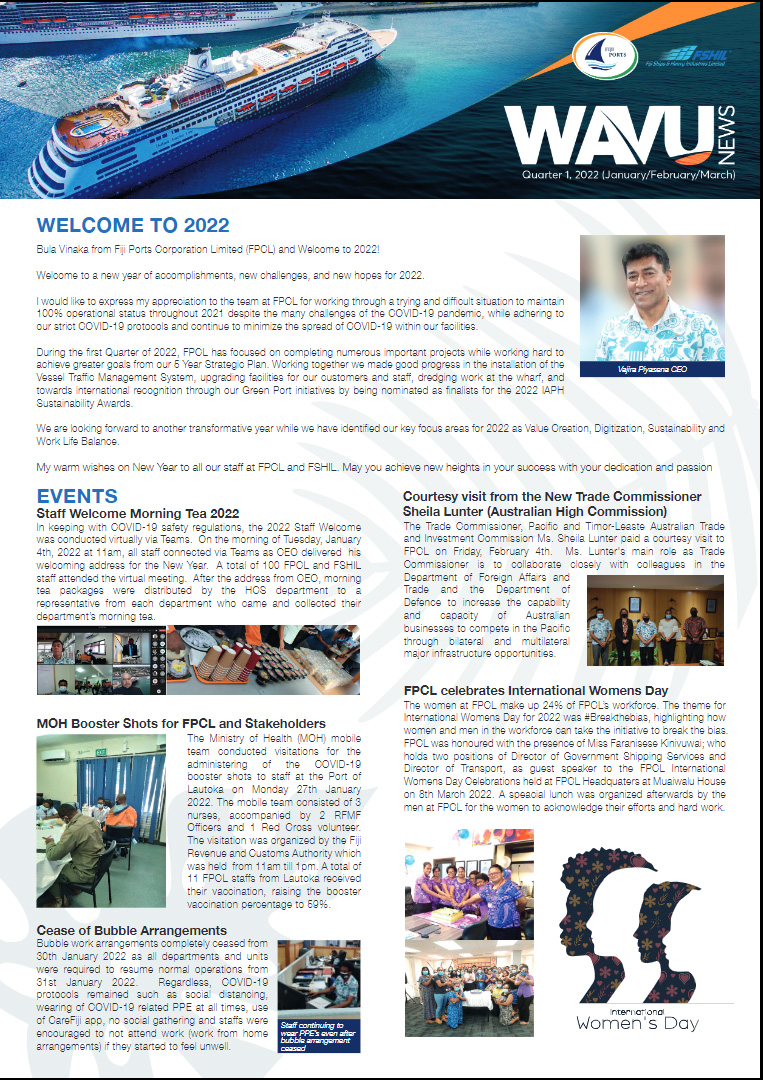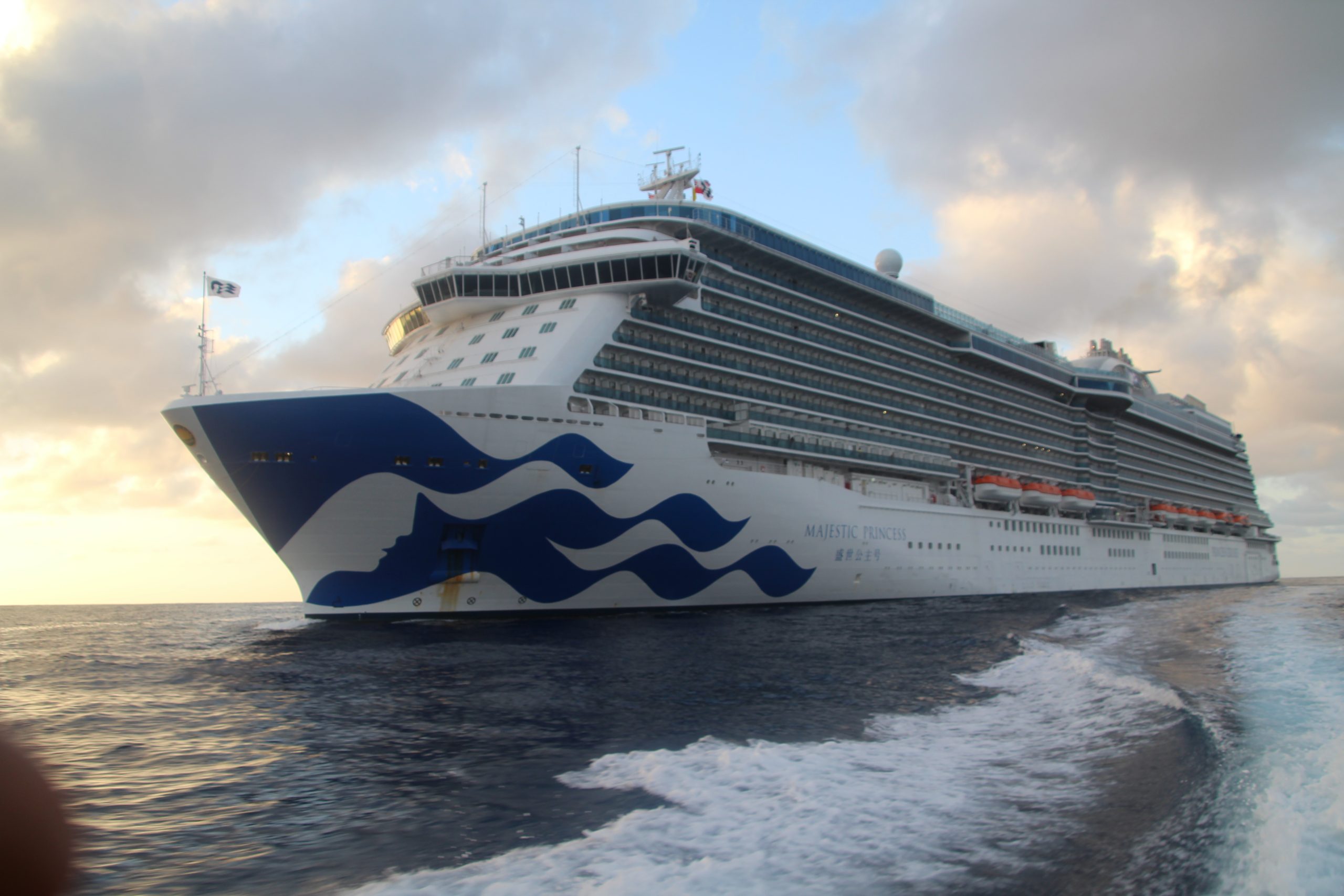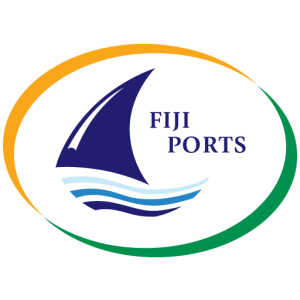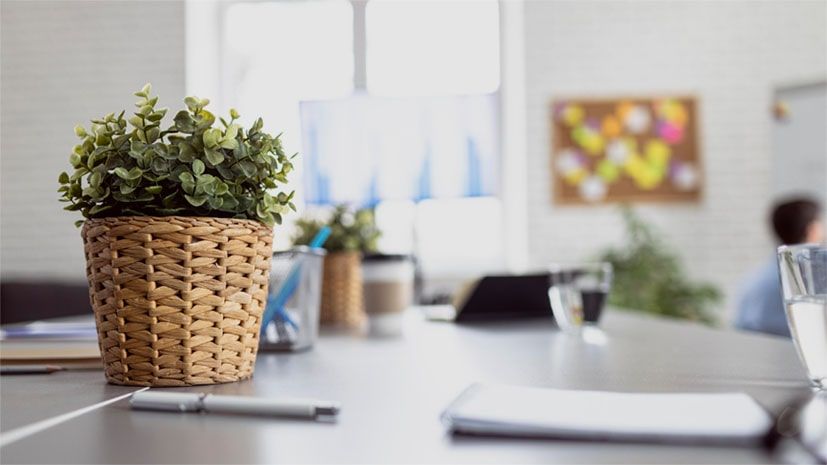The continuous reports of loss of lives at sea and fibre glass boats capsizing have promoted the Fiji Ships and Heavy Industries Limited to commence boat-building in Fiji.
This is to ensure that the standard of fibre glass boats are not compromised ensuring safety to the traveling public.
Operations Manager Lopeti Radravu said what makes their products different for any other boat builder in the country is the fact that they follow the standard requirements and ensure that they abide by the Maritime Aids to Navigation Regulation 2014.
According to Mr Radravu, a fibre glass boat should not completely submerge if the standard requirements for boat-building are followed.
“The 23D and 23SR hull designs (the most common hull designs that captured the markets) must have 8 layers thickness of (chop-strand/roving mats) below waterline and 6 layers above waterline. These are to ensure that rigidity, longevity and durability of the hull in withstanding the six degree of wave motions; “heaving, yawing, swaying, surging, rolling and pitching” during the boat’s years of operation;
“It is sad to note that a few fibreglass boat builders do not install bottom longitudinal, but if they do install, the longitudinal are drop shot at intervals amongst the transverse frames. This must be stopped as it does not compliance to the current, IACS code. All bottom longitudinal should be continuous from bow to stern connected to transom knee,” Mr Radravu said.
“All our boats go through the swamp test before they are sold conducted by MSAF. The boat building law demands that the buoyancy should be adequate enough during any incident out at sea where the boat swamps, she should be floating evenly with her sheer (gunwale) ranges from 50mm to 100mm above the sea surface with the outboard engine. That is the standard. However, what some boat owners experienced- the fibreglass boat during swamped at sea that she floats at angle ranges from 25 – 35degree simply because the less buoyancy towards the stern (outboard motor is fixed)
“The end product of the construction materials to build these boats are extremely slippery so for any incident at sea, there is little hope for passengers to cling onto the boat which is why FSHIL ensure that we have a grabber line on both sides of the boat apart from the life jacket provided
He said FSHIL boats are also fully equipped with Life Saving Apparatus as per requirements by the Maritime Safety Authority of Fiji (MSAF) as well as the Fire Fighting Apparatus – fire extinguisher in case of fire on the engine.
He also assured the members of the public that FSHIL provides a ONE STOP SHOP to their Fibreglass Boat buyers. We will register their vessel through the normal application to MSAF and carried out all paper works on their behalf. ALL we need from their part is to provide the Boat Name.
It must be clear to the buyers that it is a requirement by law to register their vessel and there are a lot of benefits to the buyer provided by the government.
Mr Radravu’s knowledge of fibre glass boat building dated back to the 80s when he used to work with the Japanese at Burns Philip (Now Asco Motors) who introduced the boat model in Fiji.
“I’ve seen how the standard has been compromised over the years and in recent years, there have been reports of people missing at sea so I decided to have FSHIL go back into boat building but this to focus on fibre glass boats standards,” Mr Radravu said.
-
Previous Post
Second Bonus Payout for Fiji Ports Terminal Limited
-
Next Post
CEO’s 2017 Christmas Message
 Demos
Demos  Docs
Docs  Support
Support 










